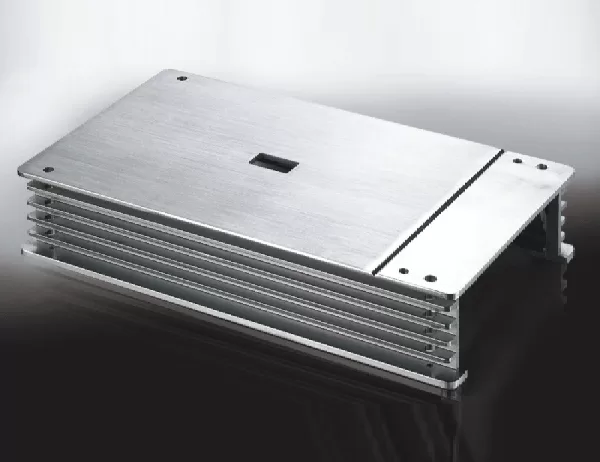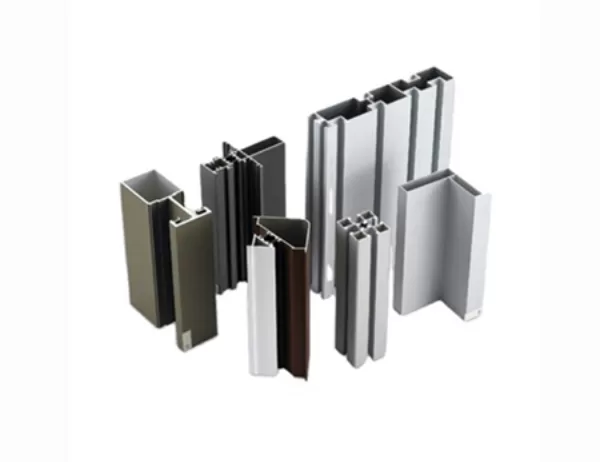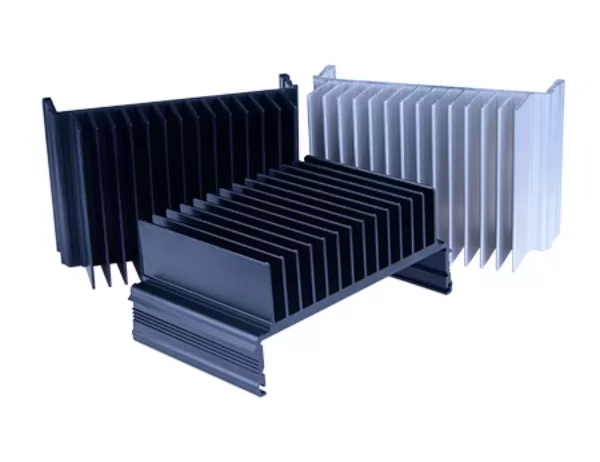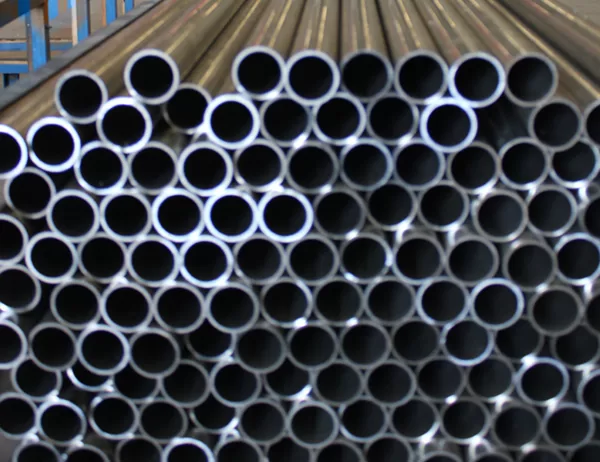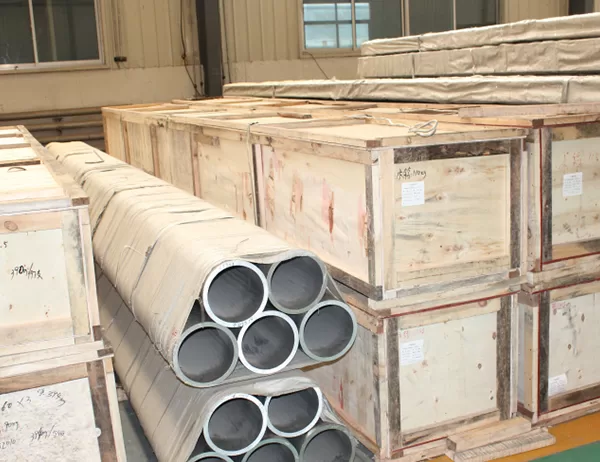In the realm of industrial design and manufacturing, the humble extruded aluminium tube stands as a testament to the adaptability and versatility of modern materials. Its ability to be customized to meet a wide range of needs and applications makes it an indispensable component in countless industries.
Shape and Dimensions
Aluminium extrusion technology allows for the creation of tubes with intricate cross-sections, from simple circles and squares to complex polygonal profiles. This shape diversity empowers designers to optimize the tubes’ structural integrity, flow characteristics, and aesthetic appeal. Variations in outer diameter, wall thickness, and overall length provide further flexibility in meeting specific requirements.
Material Properties
The selection of extruded aluminium alloys plays a crucial role in tailoring the tubes’ performance. Different alloys offer varying combinations of strength, corrosion resistance, conductivity, and workability. By matching the alloy’s properties to the intended application, engineers can ensure optimal durability, efficiency, and reliability.
Surface Treatments
Customization extends beyond shape and material to the surface of the tubes. An array of surface treatments, including anodizing, painting, and powder coating, can enhance the tubes’ appearance, protect them from the elements, and improve their wear resistance. Designers can choose from a palette of colors and finishes to complement the product’s aesthetic and functional requirements.
Integrated Features
Extruded aluminium tubes can be engineered with integrated features that further enhance their functionality. Grooves, slots, and perforations can accommodate attachments, fittings, or wiring harnesses. By incorporating these elements into the extrusion process, designers can reduce assembly time, improve reliability, and create more compact and efficient solutions.
Sustainability
Aluminium’s recyclability and high strength-to-weight ratio make it an eco-friendly material. By incorporating extruded aluminium tubes into their designs, manufacturers can contribute to sustainability efforts while also benefiting from the material’s performance advantages.
Conclusion
The customization options for extruded aluminium tubes empower designers to create components that meet the precise needs of their applications. From shape and dimensions to material properties, surface treatments, and integrated features, the possibilities are virtually endless. By embracing the versatility of aluminium extrusion, engineers and designers can unlock the full potential of this remarkable material and drive innovation across industries.
